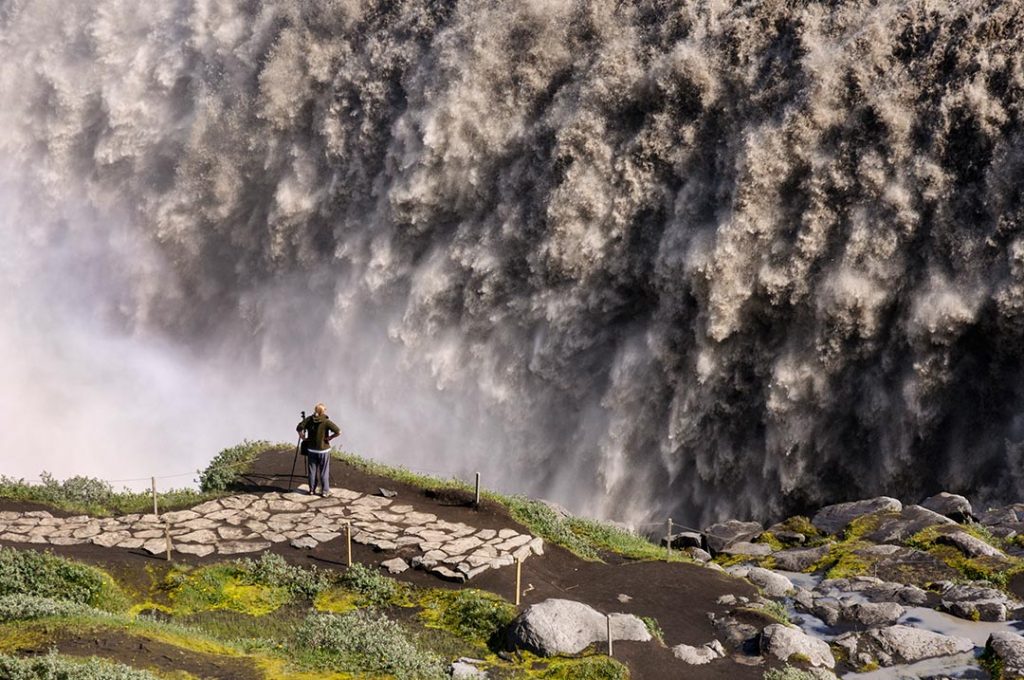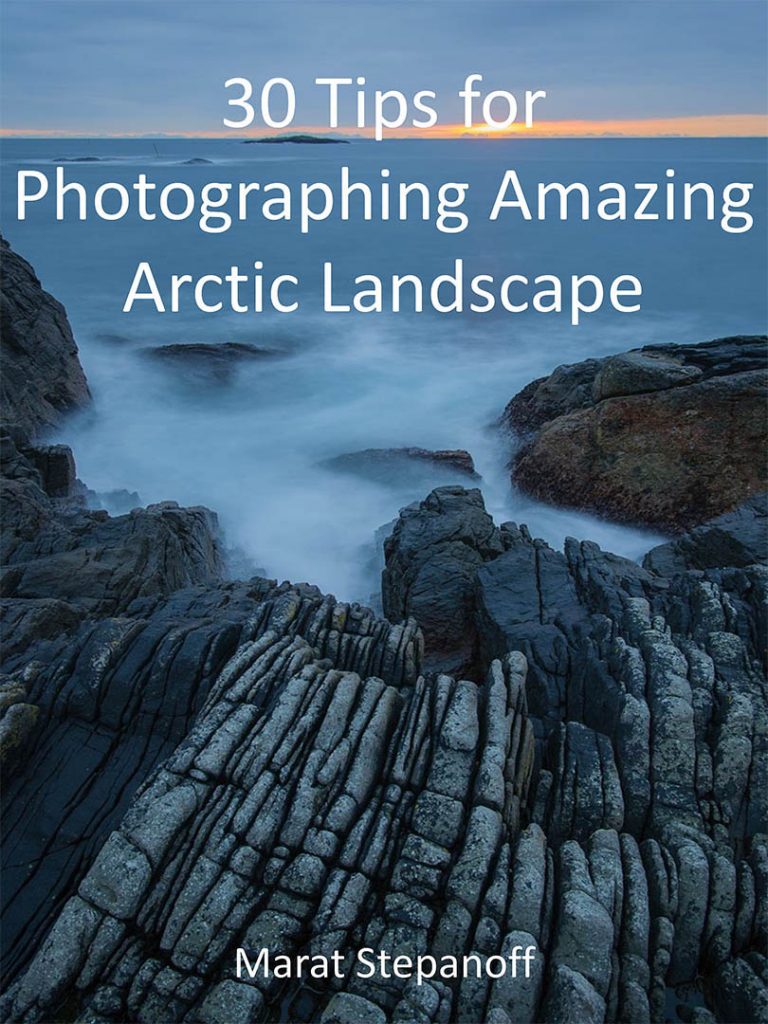I came back from a trip to the North and was reminded of how important it is to protect the camera from rain.
No problem if you’re shooting in sunny weather, but shooting offshore in the rain or in a storm is a big problem.
Why it’s important to protect your camera in bad weather?
There are three problems:
– Water droplets on the front lens
– Moisture getting inside the camera and lens
– Condensation forming on the surface of the equipment and inside due to differences in temperature and moisture
Fortunately, there are only two solutions to avoid this. Don’t shoot and stay home and protect your camera.
I’m all for making the first decision, but the most expressive and dramatic pictures come out when the weather is bad. I’ll have to shoot.
So.

Water droplets on the lens
The fact is that droplets can ruin a future photo. Unfortunately, you cannot avoid droplets.
If it rains or splashes from the waves get on the front lens you should minimize it.
- Use a tripod. Yes, a tripod again. But in this case, you will need both hands and a tripod is really necessary.
- Keep the lens closed at all times and only open it for shooting. Try to hold the lens in the opposite direction from the direction of rain or spray.
- Remove the lens hood. This time it gets in the way a lot. The exception is the pancake hood for telephoto lenses.
- Ignore the droplets during focusing and composition selection. After you set the camera for shooting and composition, wipe the front lens with a microfiber cloth and put the cap back on immediately.
- Remove the cap when you are completely ready to take the picture. If it’s raining, cover the lens from above with something while you’re shooting. It can be anything, even your palm (don’t overdo it so it doesn’t get caught in the frame). This way you can avoid getting any droplets on the front lens during shooting.
- Put the lens cap on the lens immediately afterwards.
Act quickly, as water droplets get on the lens. In all likelihood, shooting with a long exposure is not the best idea in the rain.
Getting moisture inside the camera
This is actually the worst thing that can happen, as moisture will most likely cause damage to the equipment. Even professional cameras with waterproofing are not able to withstand heavy rain and can be ruined.
Fortunately, this is easily avoided:
- Take the camera out only when taking pictures. The rest of the time, keep the camera in the camera bag.
- Protect the camera from rain when you are shooting.
You can go to all sorts of tricks: cover the camera with a plastic bag from the supermarket, cover the camera with a microfiber cloth, hold an umbrella over the camera (there are even mounts), or even buy a fisherman’s hat in the Lofoten, as I once did.
An umbrella is excellent but inefficient and technically difficult. Not to mention that the wind can drop the camera and tripod. I don’t recommend this method.
But the best solution is a rain cover. Yes, most of the time we are too lazy to put it on the camera, but think about the cost of the camera and lens. Maybe you should spend 15-20 dollars and be sure that the camera won’t get wet.

Condensation in the Camera
This is probably the most inconspicuous and difficult problem to solve.
If you see condensation on the body of your camera, you can be sure that it has most likely formed inside the camera as well.
Condensation forms from differences in temperature.
Years of experience as photographers have taught us to avoid sudden changes in temperature and moisture.
Pro tips
- Don’t take the camera out of a warm room right away. The best thing you can do is put the camera bag in the trunk of your car beforehand. The temperature will slowly equalize and no condensation will form.
- The same thing after shooting. Don’t rush to get the camera out at home. Let it gradually warm up in the bag. Once the camera case is at room temperature open it, take it out dry and clean it. You can do the same with the camera bag, as well as the photo equipment.
- Use Silica Gel packets. It absorbs moisture. And having it in the case won’t be superfluous.
Conclusions
You’ve learned how to protect your camera from rain. You’ll agree it’s easy to do.
By following these tips, you’ll avoid premature damage to your camera and lenses, and your photos will look better.
A camera rain cover and some microfiber wipes are a minimal investment that will save your equipment and save you hundreds or thousands of dollars to repair it or buy a new one prematurely.

30 Tips for Photographing Amazing Arctic Landscape
This is FREE e-Book about my practical experience as a landscape photographer for traveling North.
These are 30 simple tips on how to catch a good shot in all weather conditions in places like Northern Norway, Iceland, the Faroe Islands, and any other location.
Leave a Reply